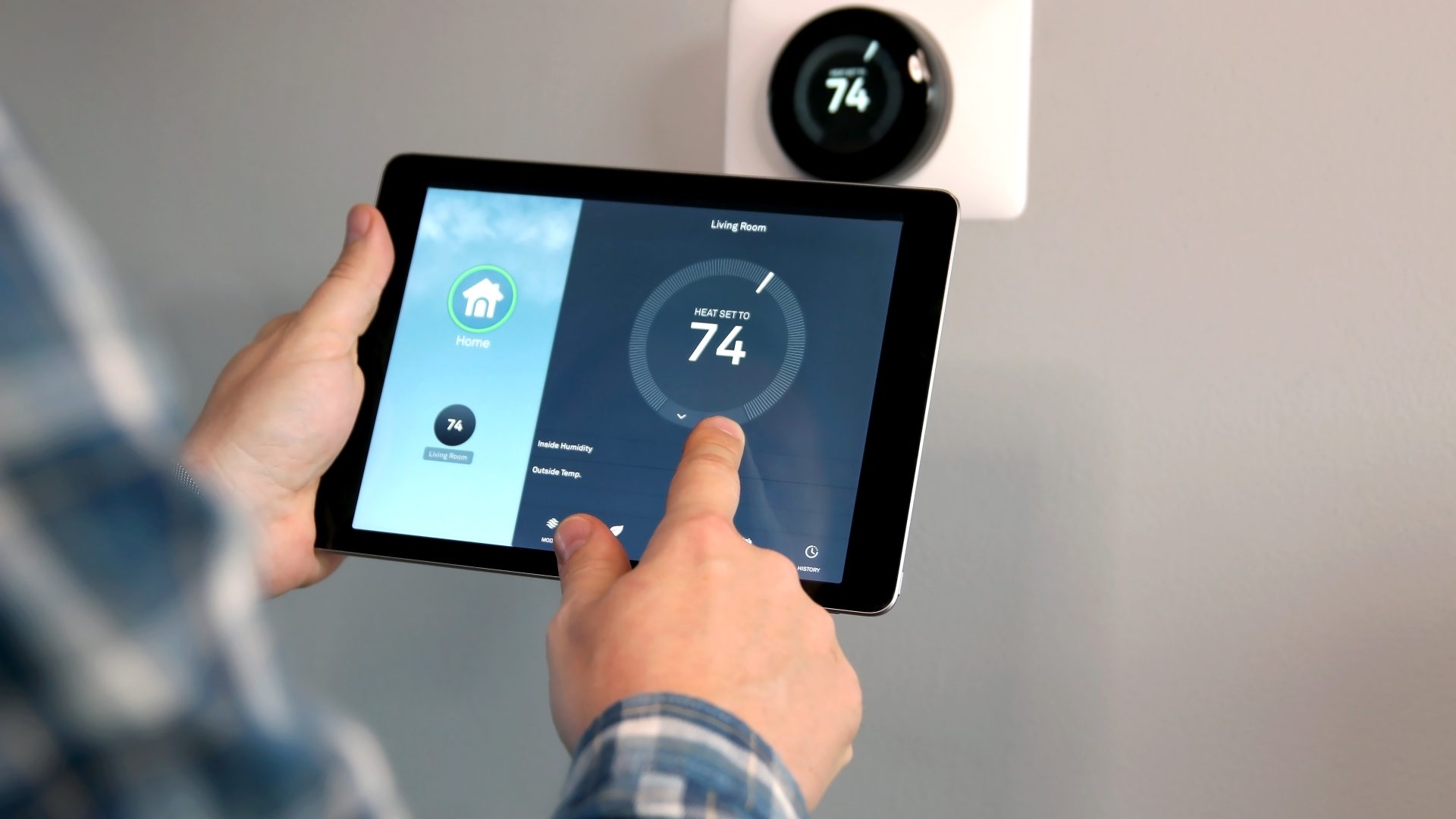Introduction to HVAC Zoning
HVAC zoning refers to partitioning a residential home into different areas or “zones,” each with independent temperature control. The core idea behind zoning is to enhance the comfort level of occupants by providing customized heating and cooling options based on the specific requirements of each zone in the house.
The Components of a Zoning System
At the heart of a HVAC zoning system are several critical components that work together to create distinct climate zones within a home:
– Central Heating and Cooling Unit: This is the primary source of warm or cool air distributed throughout the home.
– Multiple Thermostats: Each zone has its thermostat, allowing for individual temperature settings.
– Dampers in Ductwork: Dampers are like valves controlling airflow through the ducts. They are strategically installed in the ductwork to regulate air distribution to various zones.
How Zoning Systems Operate
The process begins with the following steps:
– Setting the Desired Temperature: The occupants adjust the thermostat in each zone to their comfort levels.
– Thermostat Signals: When a zone’s temperature deviates from the setpoint, the thermostat sends a signal to the central unit and dampers.
– Damper Adjustment: In response to the signal, the dampers adjust by either opening or closing to permit or restrict airflow into the zone.
– Airflow Control: As the central unit pushes air through the ducts, the opened dampers allow air to flow into zones requiring heating or cooling, while closed dampers prevent air from entering zones that have reached the desired temperature.
Benefits of HVAC Zoning
The advantages of installing a HVAC zoning system in a residential setting include:
– Enhanced Comfort: By managing different temperature zones, residents can ensure more consistent and personalized comfort throughout the home.
– Improved Efficiency: Zoning can lead to more efficient use of the HVAC system since it only heats or cools areas as needed, rather than conditioning the entire house simultaneously.
– Cost Savings: Due to improved efficiency, homeowners can often experience savings on their energy bills by eliminating the waste associated with heating or cooling unoccupied or less-used home areas.
Conclusion
By breaking down the operations and benefits of HVAC zoning, it’s clear that this technology can be a smart investment for those looking to improve the comfort and efficiency of their residential climate control.
Advanced Cooling is the premier choice for HVAC services in Texas and Oklahoma. With a team of highly trained and certified technicians, we have the expertise to handle all of your heating, ventilation, and air conditioning needs. Our commitment to customer satisfaction is unmatched, and we always go above and beyond to ensure that your experience with us is positive. We use only the highest quality parts and equipment to ensure that your HVAC system is running at peak performance. Plus, we offer competitive pricing and flexible scheduling to fit your needs. Choose Advanced Cooling for all of your HVAC needs in Texas and Oklahoma.
